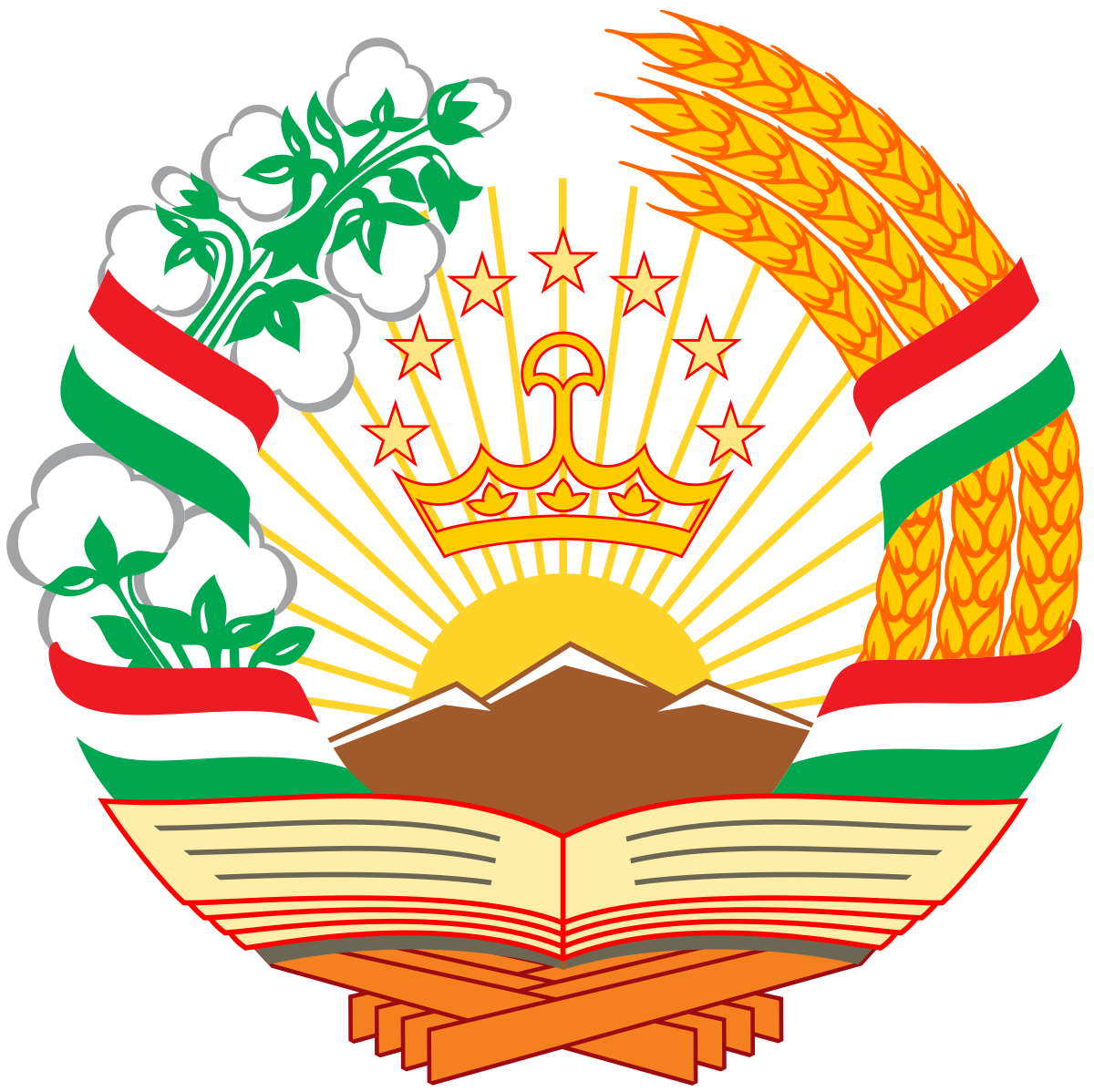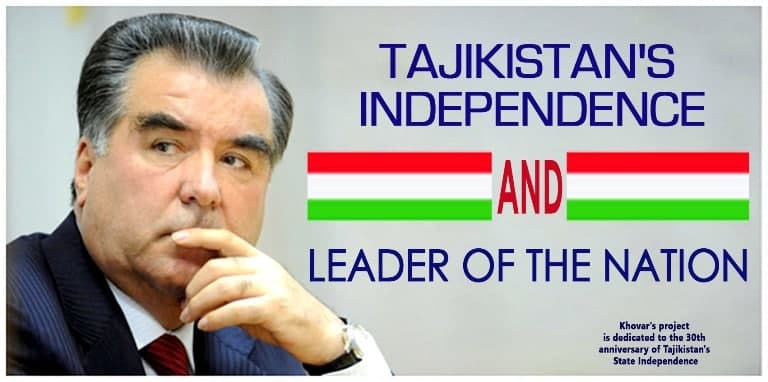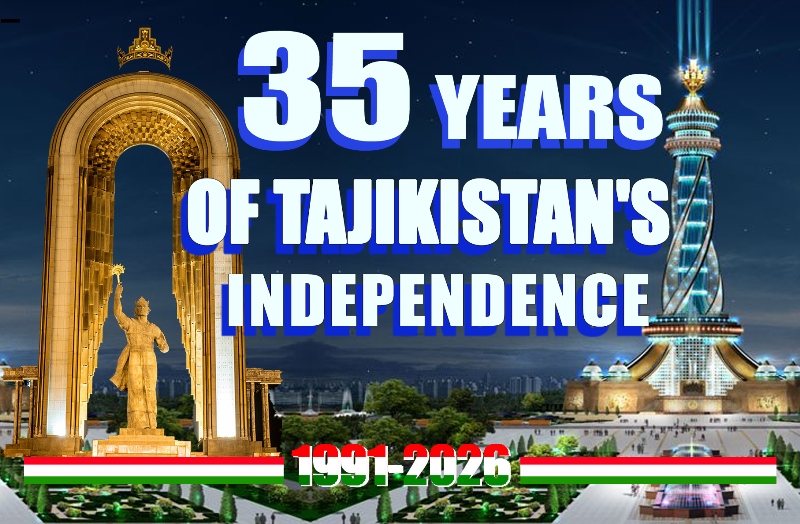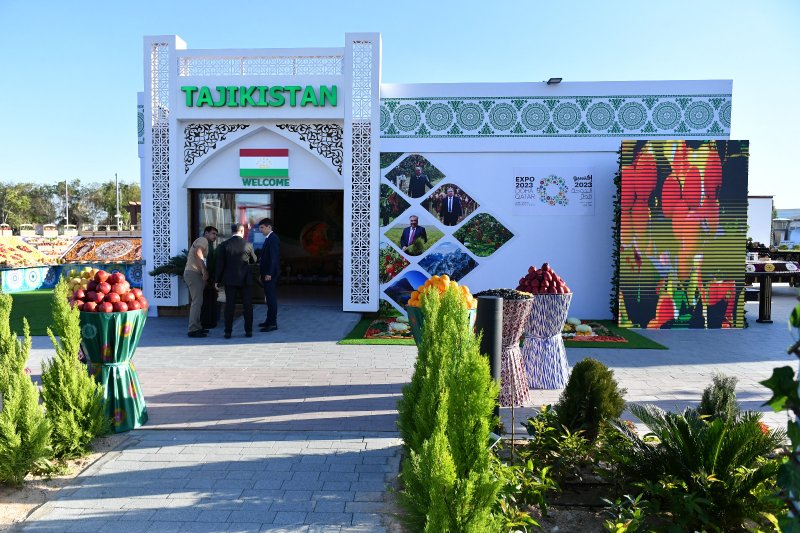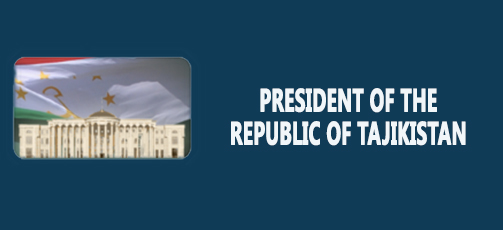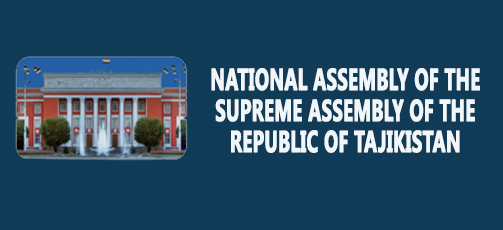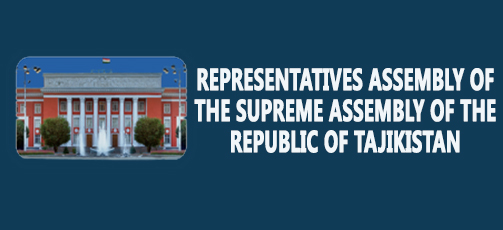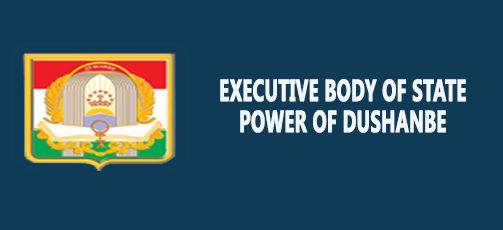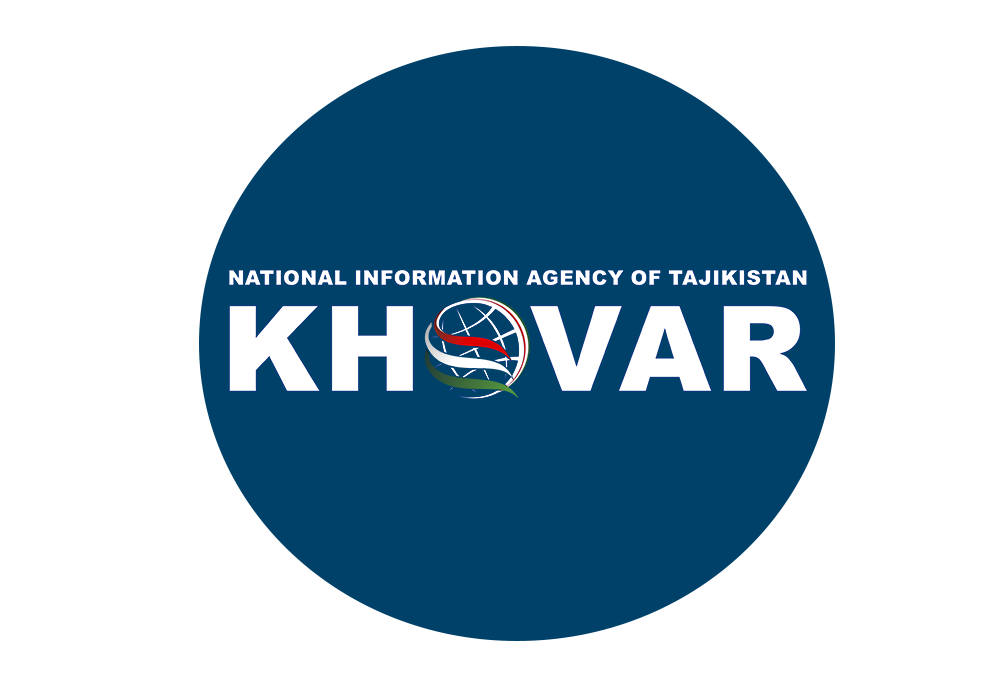National Currency
History of national currency of Tajikistan
The history of emergence of currency in the territory of Tajikistan dates from ancient times.
The most ancient coins, emerged in the territory of Tajikistan, are golden Hakhomanishi “doriks” (VI – V centuries B.C.), which have been found during the famous findings of “Oxus Treasure”, discovered yet in 1878 in Qubodiyon district.
Currency in the territory of Tajikistan further developed in the period of Alexander the Great and the Selevkids (IV century – mid-III century B.C.).
It should be noted that under the Antiochus I (early III century B.C.) a mint functioned in Bactria, which minted big bronze coins (tetradrahma) with the name and image of the king. An astounding growth of currency in the territory of Tajikistan was gained during the existence of the Greco-Bactrian Kingdom (III-II centuries B.C.).
In the period of Kushan Empire the enhancement of currency continued and it adopted new local peculiarities. The coins in that period were minted from gold, bronze and copper. More than 20 treasuries of Kushani coins have been discovered in the territory of ancient Tajikistan.
The images connected with Zoroastrism were favored in Kushani coins. During this period the Kushani kings realized a stable mazhab integration policy and placed in their coins the images of an Indian god Shiva, as well as Buddha.
In the middle ages the currency reached the culmination of its growth in the period of the first centralized Tajik state – Samanids in IX-X centuries. In this epoch the mints operated in more than 30 cities of Transoxiana (Movarounnahr) and Khorasan.
Samanid dirhams turned not only in the territory of this state, but also far beyond it.
Further development of currency in Central Asia dates back to Temurid period (XV century). Great treasuries of copper coins of Temurids have been discovered in Dushanbe, Khujand, Hissor, Regar and other areas.
Coinage in the territory of Central Asia continued till 1920.
The issue of the first paper currency in the territory of Central Asia, which was called “tanga” (coin) like bronze coins, dates back to the last years of reign of the latest Emir of Bukhara Said Olimkhon.
The paper currency was issued with a value worth 20, 50, 100, 300, 500, 1 000, 2 000, 5 000, 10 000 coins.
No banking institution existed in the territory of present Tajikistan before 1925.
The necessity of opening an independent banking institution emerged with the establishment of Tajik Autonomous Soviet Socialist Republic (1924).
The establishment of a republican Dushanbe unit, then Tajikistani unit of the USSR State Bank was announced in May 1925.
The possibility of organization of modern banking system occurred only after the independence of Tajikistan (9 September 1991) and establishment of National Bank of Tajikistan.
Despite the fact that the Republic of Tajikistan gained its independence in 1991, till the end of 1993 the currency of the Soviet Union period and then from the 1st of January 1994 – the cash of the Russian Federation has been in circulation in the territory of the republic.
According to the Resolution of the State Commission of the Republic of Tajikistan on introduction of national currency from the 6th of May 1995, # 8 (324) “About the order of putting into circulation a national currency – Tajik ruble in the territory of the Republic of Tajikistan” the national currency of Tajikistan with value of 1, 5, 10, 20, 50, 100, 200, 500, 1000 ruble of 1994 model, issue of the National Bank of Tajikistan, was put into circulation from 10 May 1995.
In accordance with the Decree of the President of the Republic of Tajikistan dated 26 October 2000, # 415 putting into circulation of a new national currency of the country from 30 October 2000 – “Somoni”, called in honour of the founder of the first centralized state of Tajiks Ismoil Somoni (849-907), has been announced. Thus, the paper currency with value of 1, 5, 10, 20, 50, 100 Somoni and its small change with value of 1, 5, 20, 50 diram have been put into circulation.
The pictures of great modern and ancient personalities of Tajik people, as well as depiction of architectural and historical monuments of Tajikistan, arts and crafts items of the Tajik people have been placed in the new paper currency.
With the view of improvement of currency system structure of the country, according to the Decree of the President of the Republic of Tajikistan # УП 645 dated 28 August 2001, hard cash (coinage) issued by the National Bank of Tajikistan with value of 1, 3, 5 Somoni and 5, 10, 20, 25, 50 diram has been put into circulation from the 3rd of September 2001. These coins have been produced in the Coinage enterprise of Saint-Petersburg of the Russian Federation.
The first commemorative coins of Tajikistan have been put into circulation in November 2004: coins with value of 5 Somoni devoted to the 10th anniversary of adoption of the Constitution of the Republic of Tajikistan and coins with value of 3 Somoni devoted to the 80th anniversary of the capital of Tajikistan, Dushanbe. These coins have been minted in two forms – from silver and from mixture of brass and nickel silver.
Banknotes
| Somoni
The paper of banknotes: made of 100% cotton, consisting of colourless security fibres that appear in red, blue and green under ultraviolet light. Printing methods: Intaglio: on the face – portrait, all texts, figures indicating the denomination of the banknote, two-coloured vertical ornamental line, picture of Tajikistan state emblem, the code mark for the blind, facsmile of the official signatures; offset: on the face – background design made with iridescent coating, background picture in the center of the banknote, ornament in the right part of coloured space, corresponding design, figure in the form of a tulip with the element against xerography “PEAK”;on the back – all pictures and texts; letterpress: on the face- serial numbers of the banknote Main security features: 1. Watermark: multitoned portrait, repeating portrait on the face of the banknote on the smaller scale. Dimensions:
|
Diram
| Banknote paper: made of 100% cotton, consisting of colourless security fibres that appear in red, blue and green under ultraviolet light
Printing methodsoffset: on the face – all pictures, except serial numbers; on the back – all pictures and texts.letterpress: On the face – serial numbers. Main security features:
Dimensions : 110мм х 60мм
|
Coins
Tajiks have an ancient tradition of coinage and commodity-money relations. Minting of first coins in the territory of ancient Boctria and Sogdiana goes back to the III Century Before Christ, epoch of Selevkids’ predominance and Greek-Bactrian rules. These coins were called drachmas and were minted the same way as Greek coins. This tradition continued during the whole history of the tajik people until the twentieth century. The peak of money circulation and coin minting starts at the time when Somonids became rules of the first centralized state of Tajiks (875-999), and the currency of the sovereign Tajikistan is called Somoni in their honor. It should be noted that up to 30 minting centers existed in the territory of this powerful state.
| Denomination | Diameter (mm) | Thickness (mm) | Weight (g.) | Metal | Colour |
 |
 |
||||
| 1 dirams | 14,5 | 1.30 | |||
 |
 |
||||
| 2 dirams | 16,0 | 1.60 | |||
 |
 |
||||
| 5 dirams | 16,50 | 1,35 | 2,00 | bi-metal (cupro-zinc-steel-cupro-zinc) | yellow |
 |
 |
||||
| 10 dirams | 17.50 | 1.40 | 2.40 | bi-metal (cupro-zinc-steel-cupro-zinc) | yellow |
 |
 |
||||
| 20 dirams | 18.50 | 1.40 | 2.70 | bi-metal (cupro-zinc-steel-cupro-zinc) | yellow |
 |
 |
||||
| 25 dirams | 19.00 | 1,40 | 2,76 | Copper—zinc | yellow |
 |
 |
||||
| 50 dirams | 21,00 | 1,45 | 3,60 | Copper-zinc | yellow |
 |
 |
||||
| 1 somoni | 24,00 | 1,60 | 5,20 | Copper-nickel | white |
 |
 |
||||
| 3 somoni | 25,50 | 1,80 | 6,30 | Copper-nickel | white |
 |
 |
||||
| 5 somoni | 26,50 | 1,85 | 7,00 | Copper-nickel | white |








